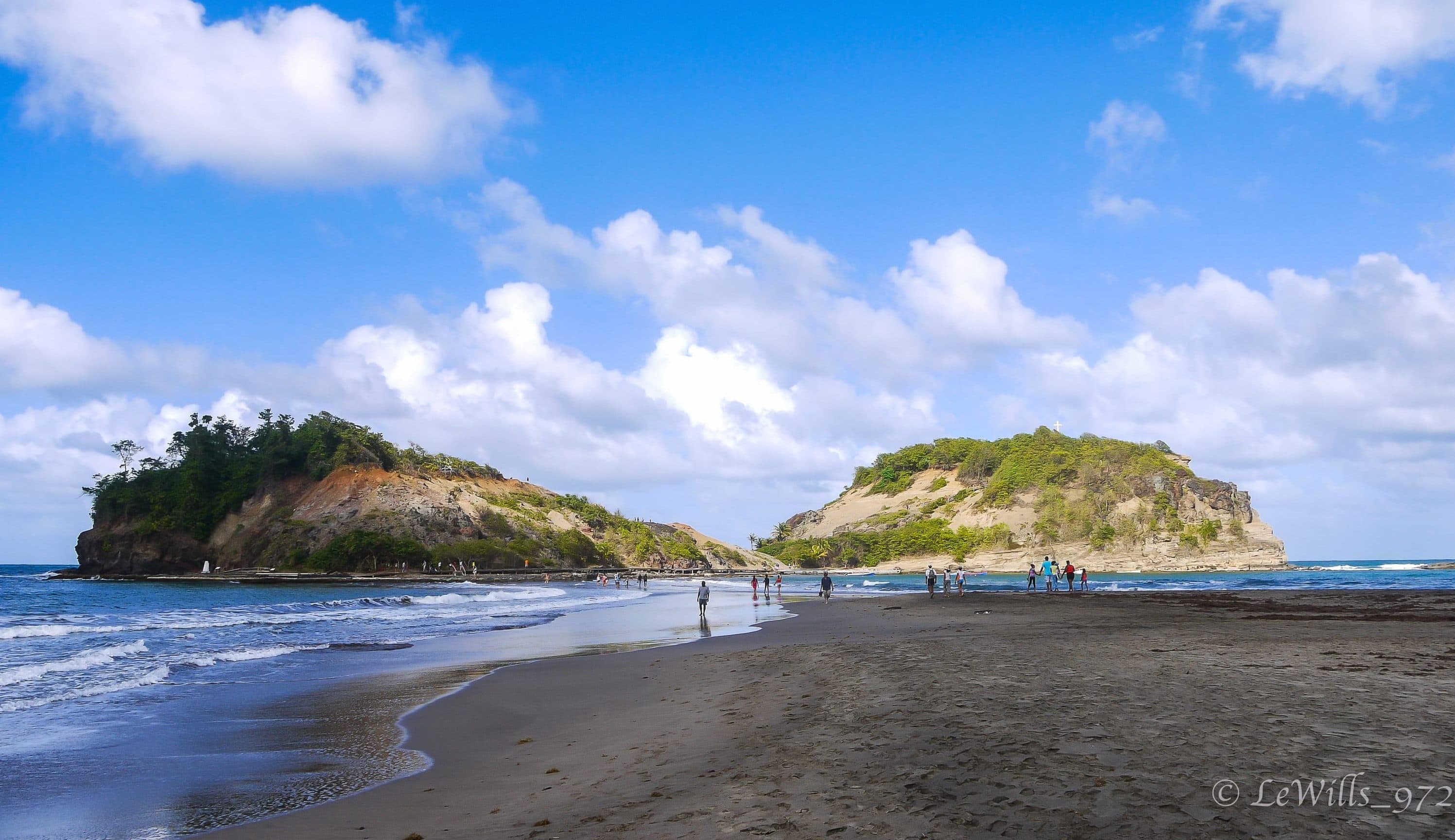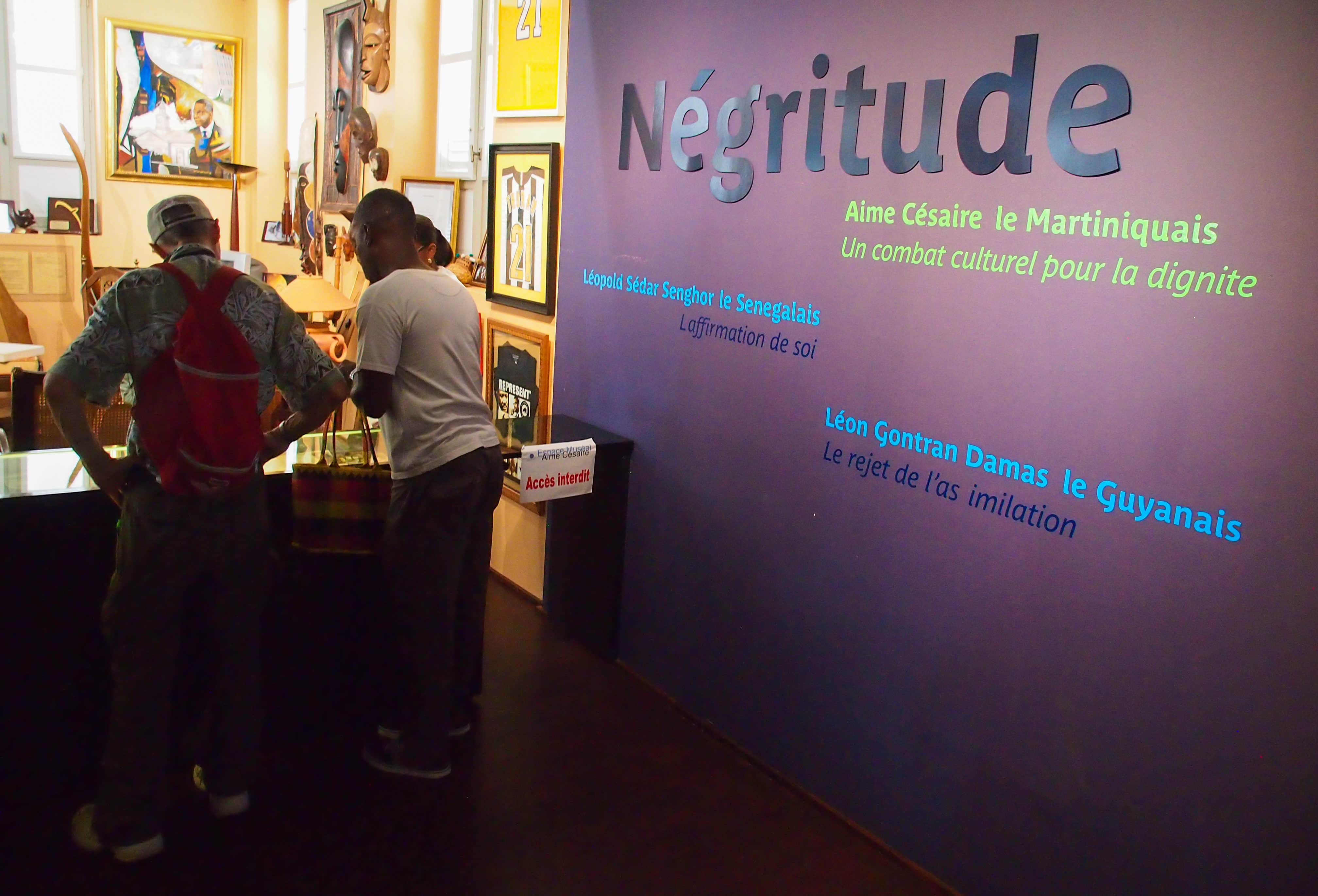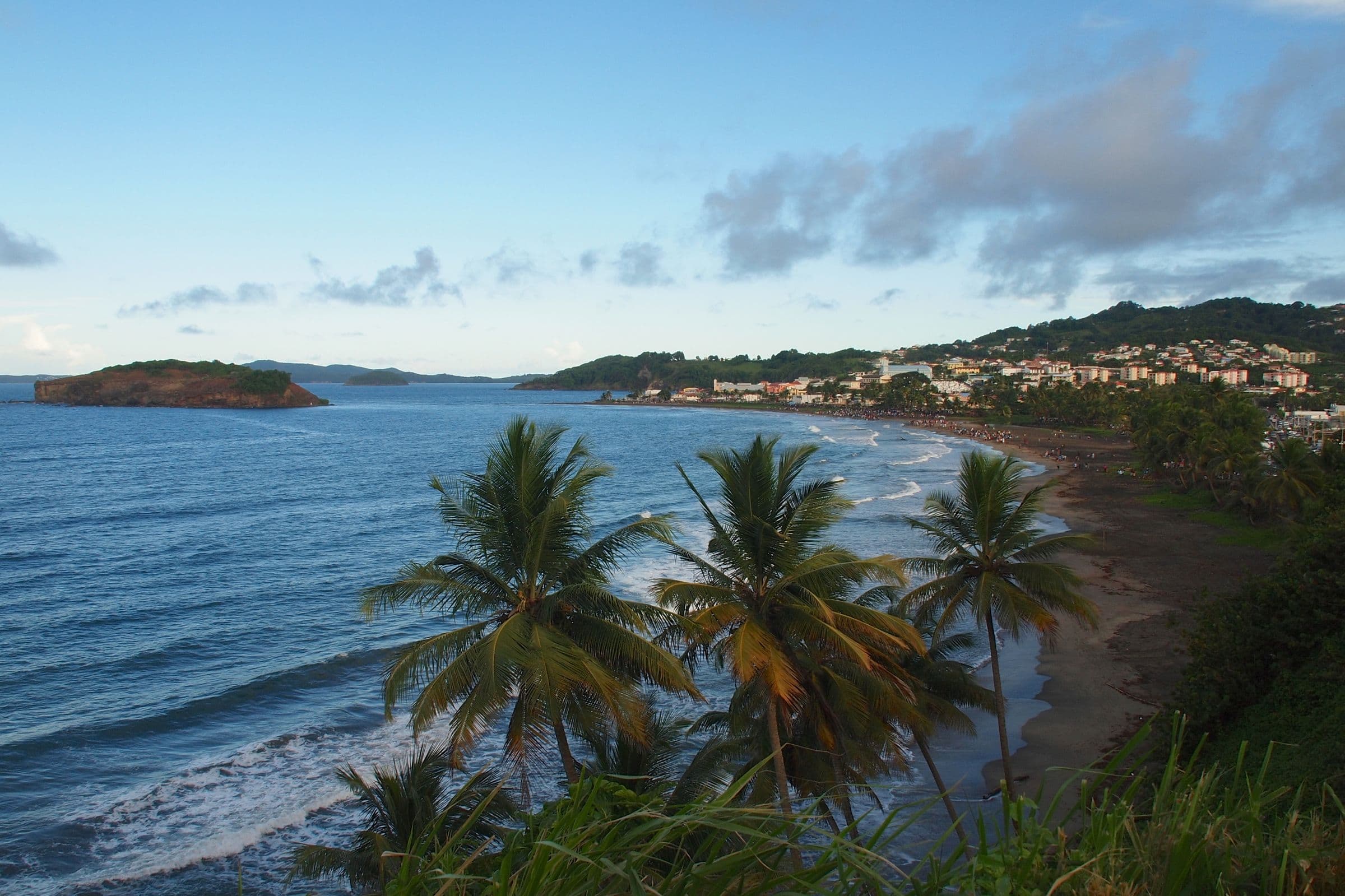Le Tombolo de Sainte-Marie, Martinique: Uncommon Attraction
Timing isn’t much of a determining factor for most uncommon travelers when planning trips to the Caribbean. The weather’s always great, food festivals, Carnival, and other cultural celebrations run year-round, and most adventure options are, of course, never out of season.
Those keen on visiting this island in particular, though, will want to keep an eye on a calendar.
This is Îlet Sainte-Marie. It sits just over 650 feet offshore of its namesake town on the northeast coast of Martinique. The area, a few miles north of Trinite and the amazing natural wonders of the Caravelle Peninsula, rests in the shadow of Mt. Pelée, Martinique’s majestic and tragically historic volcano.
The environment is lush, both in terms of topography and cultural heritage.
The island’s oldest rum distillery, Rhum St. James, is found here. Sainte-Marie is also the center of Martinique’s celebrated bélé music and dance traditions, home to one of the Caribbean’s most authentically local culinary festivals, and arguably the most uncommon horse race in the region.
Folklore and legends remain integral parts of daily life here, especially those that relate to Îlet Sainte-Marie, said to be one of the prime spots frequented by the mystical spirit, Manman Dlo.
(More on Manman Dlo here.)
The spirit comes to Îlet Sainte-Marie just after the start of each New Year, when the strong Alizes off the Atlantic combine with drier conditions to convert the islet into a peninsula.
From January/February through April/May, Îlet Sainte-Marie becomes the Tombolo de Sainte-Marie, a narrow band of sand emerging from the sea connecting the islet with the mainland. As the months wear on, the land bridge strengthens to the point that you can easily access the island by walking, horseback riding, or even riding a bike, before finally disappearing just as spring turns to summer.
The Manman Dlo legend suggests you’d want to make this visit with caution. A 1950 drowning accident well-known in Martinique confirms it. Currents can be strong and the footing a bit like quicksand during the early and late tombolo period, though trekking over here is well worth the effort.
In colonial times, when the threat of British invasion was an ever-present danger, Îlet Sainte-Marie served as an important defense post fortified with cannons facing out to sea. Today, hiking paths throughout the islet take you to fantastic views of Sainte-Marie and the surrounding area.
Remember, though, you can only trek over to Îlet Sainte-Marie during the tombolo months. The islet is off-limits the rest of the year, reserved for the endangered Roseate Tern.
*Credit: Flickr user Willy JOSEPH-LOUIS.



